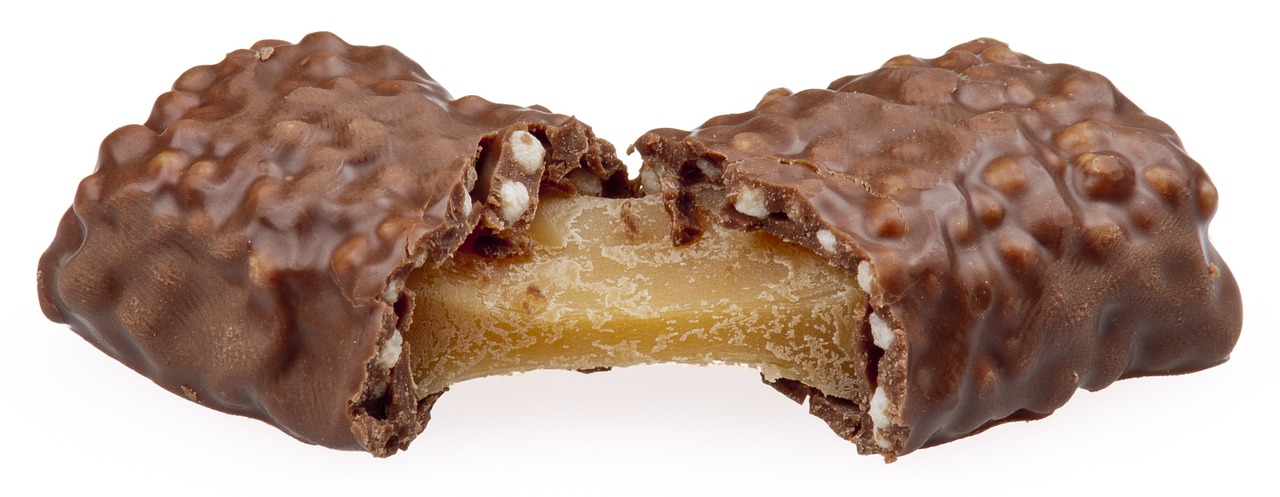
Ah, candy. Lollipops, tootsie rolls and peanut butter cups. In the U.S., kids get all they can grab at Halloween. Trick or treating is even becoming popular for Kiwis, despite the ‘Halloween grinches’ who don’t want it.
Today’s 20-somethings say they want healthier lifestyle habits. Even so, they can’t resist a bag of gummy bears every once in a while.
But that’s not enough to build a business, is it? Confection manufacturers are re-positioning candy to be more appealing and they’ve found a number of ways.
One of the ways is called medicated candy. This niche even has a name — the medicated confectionery segment.
Another niche whose time has come: organic, sugar-free candy. They satisfy the sweet tooth while offering a ‘better-for-you’ positioning strategy.
YumEarth claims to be the ‘#1 Organic Candy Company in the U.S.’ They create ‘kid-friendly’ lollipops, drops, fruit snacks, licorice, sours and more. (And I thought lollipops have never been anything but kid-friendly.)
They have pomegranate pucker gummy bears that are gluten-free and nut-free. ‘Our new Sour Twists will make you pucker up,’ they say.
The truth is, each person has a sweet tooth for something. Your clients do when it comes to architecture … Perhaps your client has a hankering for arched doorways in his open-concept kitchen or for a breezy window in her office.
Back up a step, though. What if your clients think that an architect is not good for their project? Too fattening (to the budget) they may say.
It’s time to reposition architecture as good for you, good for your project — healthy.
Unlike candy, this is true. You can state your case when you talk about your value, or the value you add to the project through Return on Design Investment.
